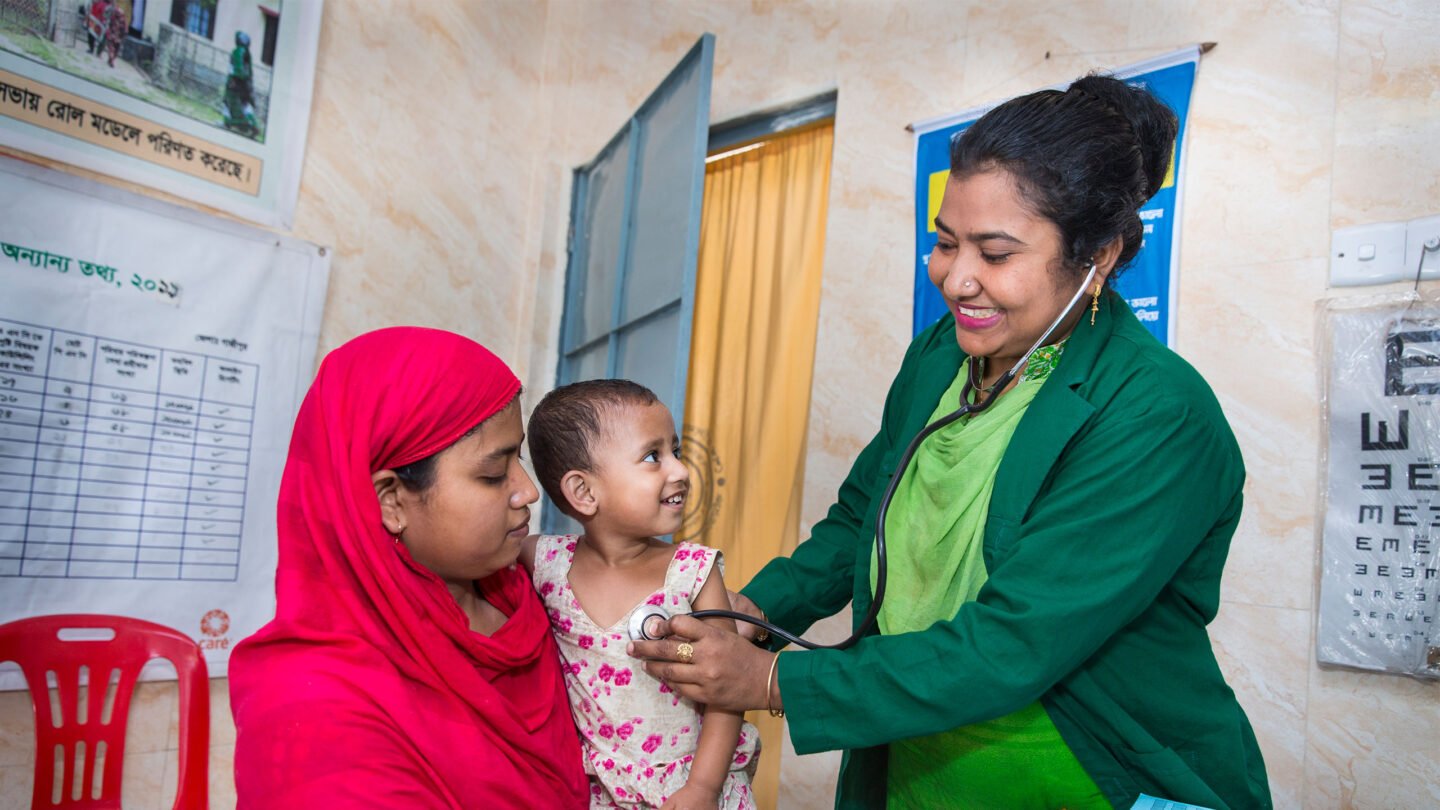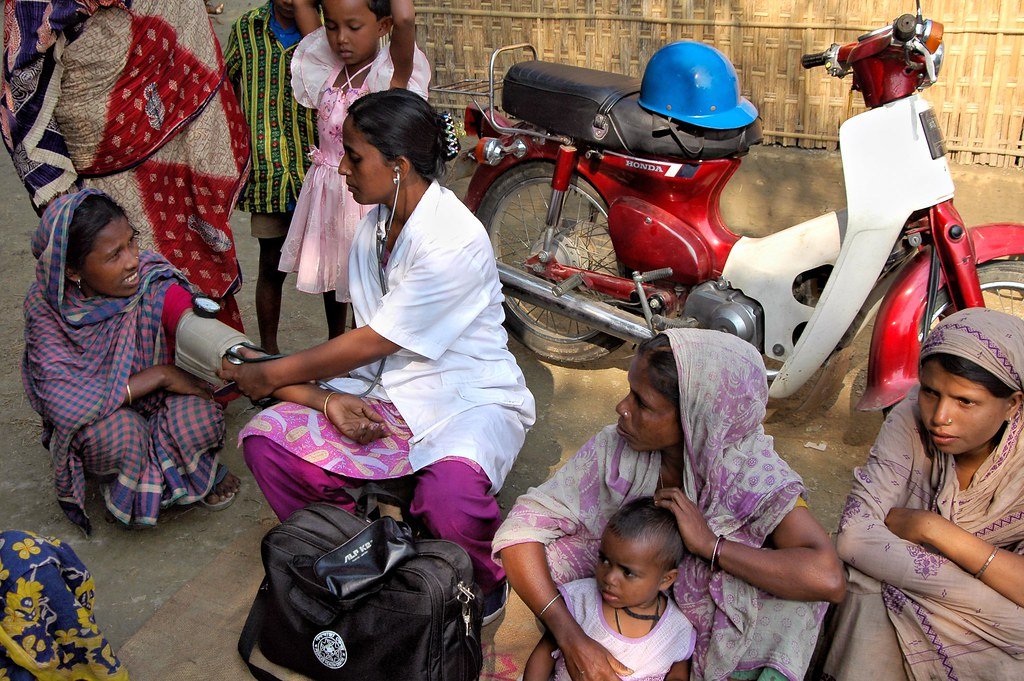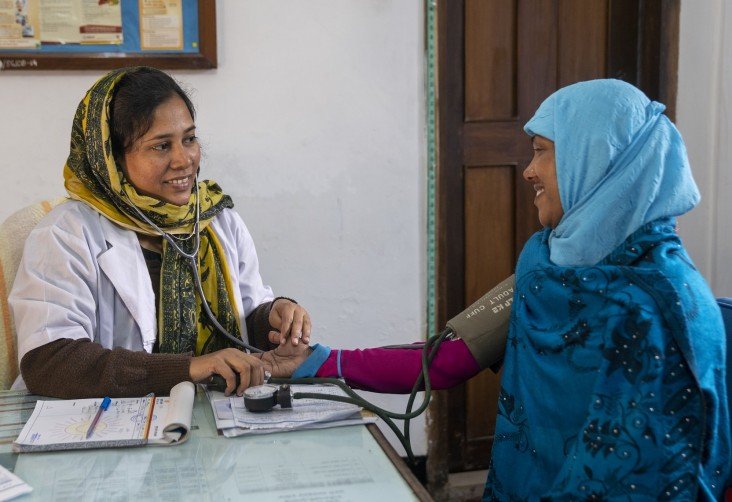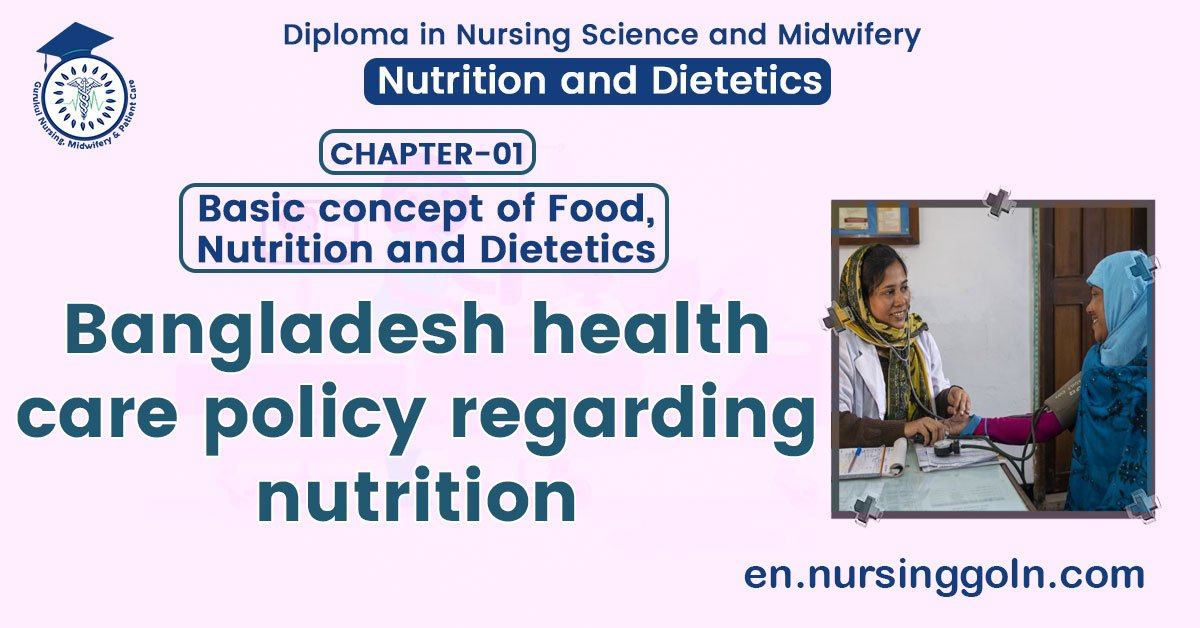Bangladesh health care policy regarding nutrition – This book covers the entire syllabus of “Nutrition and Dietetics” prescribed by BNMC-for all Diploma in Nursing Science and Midwifery students. We tried to accommodate latest information and topics. This book is examination friendly setup according to the teachers’ lectures and examination’s questions. At the end of the book previous university questions are given. We hope in touch with the book students’ knowledge will be upgraded and flourished. The unique way of presentation may make your reading of the book a pleasurable experience.

Bangladesh health care policy regarding nutrition
Bangladesh, the most densely populated country in the world with an estimated 162 million people living in a land area of 148,000 square kilometers, has shown remarkable improvement in human development in the past decades, with a significant reduction in poverty. Despite progress, child and
maternal malnutrition remains as a major challenge for the country to reach the 2030 Sustainable Development Goals and graduate from its categorisation among the least-developed countries.
The 2014 Bangladesh Demographic and Health Survey shows that overall indicators of economic growth and greater household wealth are strongly related to nutrition. For example, children whose mothers are in the lowest wealth quintile are almost two and a half times more likely to be stunted (50 per cent) than children whose mothers are in the highest wealth quintile (21 per cent).
More than one in three (36 per cent) children under five (CUS) are stunted and 14 per cent are wasted. However, even in the highest household wealth quintile, stunting is quite high at 21 per cent; wasting is also high at 12.8 per cent, which clearly highlights that under-nutrition is a cross-cutting problem for all Bangladeshis, although it is more pronounced in lower wealth quintiles (NIPORT, 2016).
This situation reflects the underlying causes of under-nutrition in the country, which include lack of maternal education; child marriage and early first birth, sanitation and hand washing practices; access to food and healthcare; infant and young child feeding practices, and the status of girls and women in the family and in society.
Losses in economic productivity due to under-nutrition are reported to amount to an estimated US$1 billion of revenue per year (Howlader et al, 2012). Realizing the importance of improving nutrition in the overall development agenda, the Government of Bangladesh (GoB) has been focusing on nutrition policies, strategies and programming and on developing a second National Plan of Action for Nutrition (NPAN2).
Bangladesh was an “early-riser” country, joining the Scaling up Nutrition (SUN) Movement in 2011 and establishing a SUN multi-stakeholder platform (MSP) at the national level in 2012. Led by the GoB, members from the different SUN MSP networks (such as UN, donor and civil society) have actively participated in the NPAN2 formulation process as members of different committees and by providing financial, consultancy and temporary secretariat support for smaller sector committees and mobilising their respective GoB counterparts.
Health care system
The health care systems are designated to meet the health needs of the community through the use of available knowledge and resources. The services provided should be comprehensive and community based. The resources must be distributed according to the needs of the community. The final outcome of good health care system is the changed health status or improve health status of the community which is expressed in terms of lives saved, death averted, disease prevented, disease treated, prolongation of life etc.
Health care delivery system in Bangladesh based on PHC concept has got various Level of service delivery:
Home and community level
- Union level,
- Union sub centre (USC) or Health and family welfare centre; This is the first health facility level.
- Thana level, Thana Health Complex (THC): This is the first referral level.
District Hospital:
- This is the secondary referral level.
National Level:
- This is the tertiary referral level.
A. Primary level health care is delivered though USC or HFWC with one in each union domiciliary level, integrated health and family planning services through field workers for every 3000-4000 population and 31 bed capacities in hospitals.
B. The secondary level health care is provided through 500 bed capacities in district hospital. Facilities provide specialist services in internal medicine, general surgery, gynecology, paediatrics and obstetrics, eye clinical, pathology, blood transfusion and public health laboratories.
C. Tertiary Level health care is available at the medical college hospital, public health and medical institutes and other specialist hospitals at the national level where a mass wide range of specialized as well as better laboratory facilities are available.
The referral system will be developed keeping in view the following
- A clearly spent-out linkage between the specialized national institutes, medical college and district hospitals to ensure proper care and treatment of patients from the rural areas served by lower level facilities.
- Patients from the rural areas referred by lower level facilities to district and medical college hospitals and specialized institutions should get preferential treatment after admission.
Nutrition Policy:
Nutrition policy (or nutrition planning) is a set of concerted actions, based on a governmental mandate, intended to ensure good health in the population through informed access to safe, healthy, and adequate food.
Strategies and activities related to nutrition:
- Incorporating nutritional objectives, components, and considerations into development policies and programs.
- Improving household food security.
- Protecting consumers through improved food quality and food safety.
- Preventing and managing infectious diseases.
- Promoting breastfeeding and proper weaning practices.
- Caring for the socio-economically deprived and nutritionally vulnerable.
- Preventing and controlling specific micronutrient deficiencies.
- Promoting appropriate diets and healthy lifestyle.
- Promoting nutrition education, advocacy and community participation.
- Assessing, analyzing and monitoring the nutrition situation.
(Ref by- https://extranet.who.int)

The goal of the NPAN is to improve the nutritional status of the people of Bangladesh to the extent that malnutrition would no longer be a public health problem by the year 2012, thereby, improving the quality of life.
The objectives of NPAN are outlined below. Targets are mentioned where appropriate.
➤ To develop human resources in nutrition by strengthening institutional capacity the area of policy making, training, research and the provision of services.
➤ To empower the communities and households to understand the nutritional problems and thereby to take appropriate measures to address the problems.
➤ To ensure food security to all household members:
- Enhance intake (consumption targets)
- Reduce energy-protein malnutrition
➤ To ensure food safety and food quality:
- Assess existing food and water qualities in special groups, viz., street food, processed food, etc.
- Ensure adoption and implementation of the revised food law along with enforcement.
➤To control infections disease and provide the required environmental support:
- To increase ORT use rate (to indicate the diarrhoea control status) to 96% by the year 2000
- To reduce hookworm infestation rate to 5% by the year 2000 and to <1% by the year 2010.
- To provide potable water to at least 90% of the population by the year 2000 and to 100% by the year 2010.
- To ensure sanitation facilities to 80% population by the year 2000 and 100% by the year 2010.
- To sustain EPI success and increase the coverage to 100% by the year 2000.
- To ensure better management of ARI and reduce case fatility reduce death by 1/3 by the year 2000 and by 3/4 by the year 2010.
➤ To protect, promote and support breastfeeding:
- To empower all women to breastfeed their children exclusively for 6 months and to continue breastfeeding well into the second year supported by homemade energy dense complementary food.
- To exclusively breastfeed all infants by 80% of mothers by 2000, and 95% of mothers by 2010.
➤ To ensure support for the socio-economically deprived and nutritionally vulnerable.
➤ To reduce micronutrient deficiencies:
Nutritional anaemia: To reduce prevalence of anaemia in women of reproductive age group to 50% by 2000, and 25% by 2010. To reduce the prevalence of anaemia in under- five children to 50% by 2000, and 25% by 2010.
Vitamin A deficiency – To reduce the prevalence of night-blindness in children aged 6- 71 months to <1% by 2000, and to eliminate by 2010.
Iodine deficiency disorders (IDD): To reduce the prevalence of goitre in the entire population to 25% by 2000, and <10% by 2010. To iodise all edible alt by the year 1996.9. To promote appropriate diets and healthy lifestyles.
➤ To promote nutrition advocacy, education, and community participation.
➤To assess, analyse and monitor the nutrition situation.
(Ref by- https://extranet.who.int)

Main Purpose of the Food And Nutrition Policy:
The main purpose of the food and nutrition policy is an attempt to significantly improve the nutritional status of the people, particularly vulnerable groups including the elderly and thereby contribute to the improvement in the quality of life in the socio-economic development. The objectives of the national food and nutrition policy are:
1.To increase production and availability of both staple and non-staple nutritious food, minimize 1 post harvest losses, develop food preservation and distribution technologies at home and industrial level. To maximize availability of food for national consumption in normal times, in times of disaster and also for export, when possible.
2. To improve the health and nutritional status of the people especially of children, women (adolescent girls, expectant and nursing mothers), and elderly.
3. To consider the importance of the family unit to provide adequate physical, mental, emotional and social needs of children and other vulnerable groups including the elderly; and strengthen family unit as a basic unit of the society.
4. To ensure safe drinking water, arrange for proper disposal of waste, improve sanitation and environmental hygiene at personal and community level.
5. To provide formal and non-formal nutrition education to people especially women and children.
6. To undertake all possible measures to increase income generating activities for poverty alleviation particularly for women in rural households.
7. To develop action plan with time-frame to implement the policy.
(Ref by- https://extranet.who.int)
Five national health programmes related to nutrition:
1. National nutrition programme (NNP).
2. EPI plus.
3. Vitamin-A plus campaign.
4. Deworming programme.
5. National immunization day (NID).

National Nutrition Programme (NNP)
The NNP works directly under the Ministry of Health and Family Welfare. It covers 172 upazillas.
In the NNP programme area, satellite community nutrition centre is operated 6 days a week, one per 1200 people. One lady community nutrition worker runs the nutrition centre.
The target populations of NNP are:
- Under-2 children.
- Pregnant and lactating mothers.
- Newly married couples.
- Adolescent boys and girls and
- In-laws and
- Husbands of pregnant women
The latter two target groups are for advocacy.
The services provided in the NNP are:
- Nutrition supplementation to malnourished children and all pregnant and lactating women.
- Monitoring weight for under-2 children and pregnancy weight gain.
- Training.
- Behaviour change communication.
- Food security interventions through vulnerable group feeding as well as through encouraging people for home gardening and poultry farming.
Read more:
